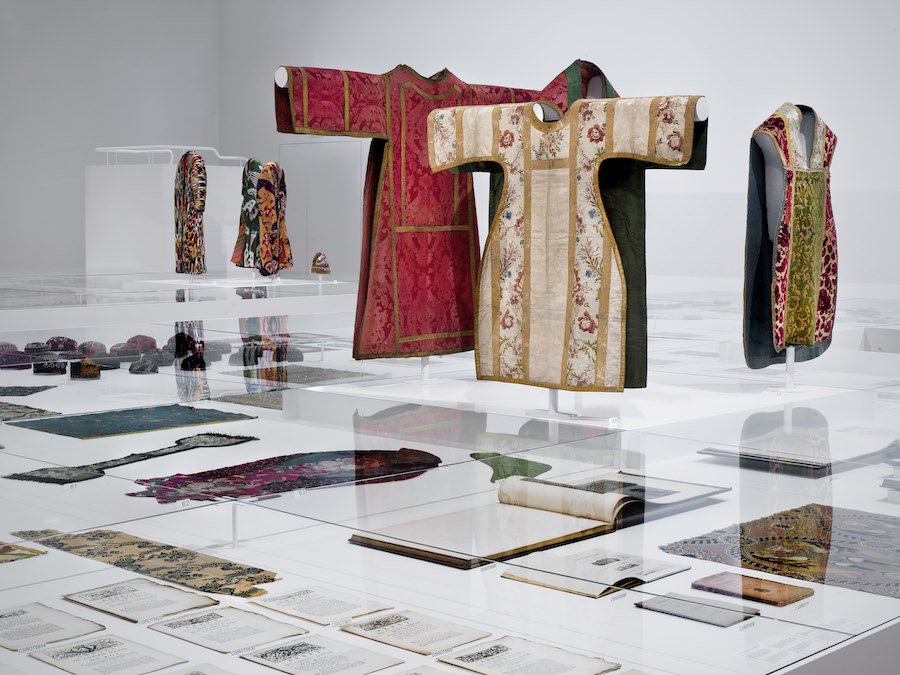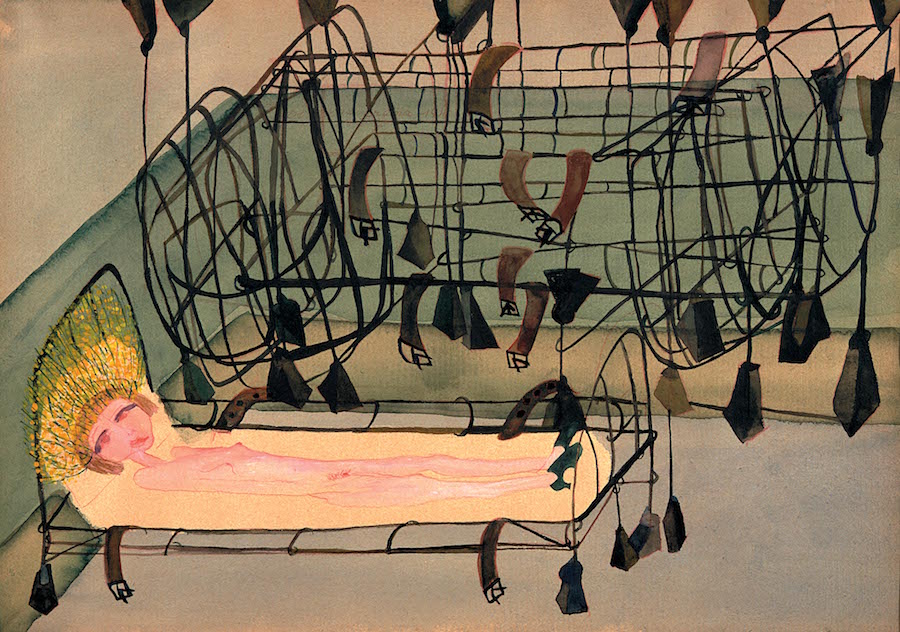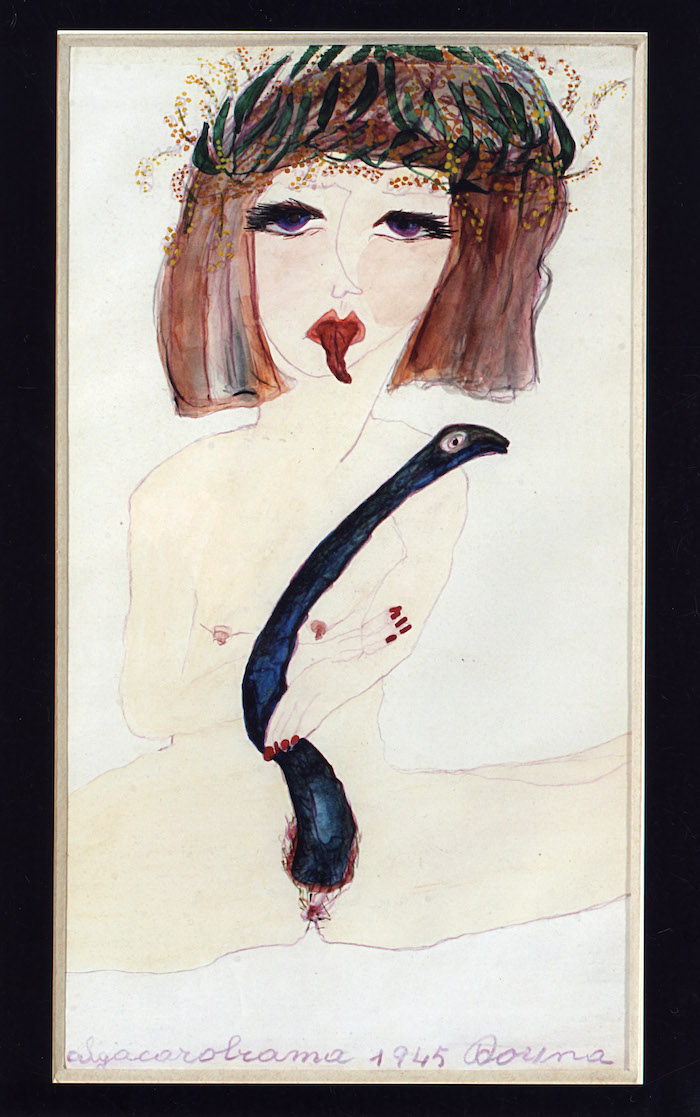
Seth Siegelaub: Beyond Conceptual
12 Dec 2015 – 17 Apr 2016
Stedelijk Museum Amsterdam
End of 2015 the Stedelijk will present the first exhibition about Seth Siegelaub, one of the key players of early conceptual art. Seth Siegelaub: Beyond Conceptual Art, shows an overview of the life and work of the art pioneer, collector and publisher.
He was a gallerist, independent curator, publisher, researcher, archivist, collector, and bibliographer. Often billed the “father of Conceptual Art, ” Seth Siegelaub was—and remains—a seminal influence on curators, artists, and cultural thinkers, internationally and in Amsterdam, where he settled in the 1990s. And now the Stedelijk Museum Amsterdam is organizing the exhibition Seth Siegelaub: Beyond Conceptual Art, devoted to the life and work of this fascinating yet still elusive figure.
Seth Siegelaub (New York, 1941–Basel, 2013) is best known for his decisive role in the emergence and establishment of Conceptual Art in the late 1960s. With revolutionary projects such as January 5–31, 1969, the Xerox Book, and July, August, September 1969, he set the blueprint for the presentation and dissemination of conceptual practices. In the process, he redefined the exhibition space, which could now be a book, a poster, an announcement—or reality at large, in keeping with his statement that “my gallery is the world now.” Siegelaub’s radical reassessment of the conditions of art resonated deeply with the iconoclastic views of his contemporaries Carl Andre, Robert Barry, Daniel Buren, Jan Dibbets, Douglas Huebler, Joseph Kosuth, Lawrence Weiner, and others, with whom he developed close working relationships.
But just as these artists were gaining wider recognition, Siegelaub turned his back on the art scene and settled in Paris, where he cultivated an interest in mass media from a leftwing perspective. In line with the political mood of the times, he eventually redirected his publishing activities to scholarly research and critical essays on communication, including the bestseller How to Read Donald Duck: Imperialist Ideology in the Disney Comic (1976) by Ariel Dorfman and Armand Mattelart. At the same time he pursued a lesser-known occupation as a collector of hand-woven textiles and bibliographer of books on the social history of textiles. This strand of his activity was eventually consolidated in the Center for Social Research on Old Textiles (CSROT), founded in 1986, and culminated in his authoritative Bibliographica Textilia Historiæ: Towards a General Bibliography on the History of Textiles Based on the Library and Archives of the Center for Social Research on Old Textiles (1997). During the last decade of his life, he regrouped all his projects and collections under the banner of his Stichting Egress Foundation, but simultaneously threw himself headfirst into a new bibliographical endeavor on time and causality in physics.


La Passione secondo Carol Rama
a cura di Teresa Grandas e Paul B. Preciado
Fino al 5 febbraio 2017
GAM – Galleria Civica d’Arte Moderna e Contemporanea di Torino presenta la grande retrospettiva internazionale dedicata a Carol Rama (Torino, 1918-2015) ideata dal Museu d’Art Contemporani de Barcelona (MACBA) e dal Muse?e d’Art moderne de la Ville de Paris (MAMVP), organizzata dal MACBA e co-prodotta con PARIS MUSE?ES / MAMVP, EMMA – Espoo Museum of Modern Art, Irish Museum of Modern Art, Dublino (IMMA) e GAM – Galleria Civica d’Arte Moderna e Contemporanea, Torino.
I “vantaggi di essere una donna artista”, secondo il gruppo artistico femminista Guerrilla Girls, consistono nel “sapere che la tua carriera potrebbe esplodere quando hai ottant’anni. Essere sicura che qualsiasi tipo di arte tu faccia sara? definita ‘femminile’”.
Queste predizioni si sono compiute nel caso di Carol Rama. Ignorata a lungo dalla storia dell’arte ufficiale per la sfida da lei lanciata e per la rappresentazione dissidente della sessualita? femminile, la sua opera fu riconosciuta a livello internazionale solo nel 2003, quando ricevette il Leone d’Oro della Biennale di Venezia. Carol Rama e? un’artista indispensabile per comprendere i mutamenti della rappresentazione pittorica nel XX secolo, e il lavoro di artiste quali Cindy Sherman, Kara Walker, Sue Williams, Kiki Smith o Elly Strik.










